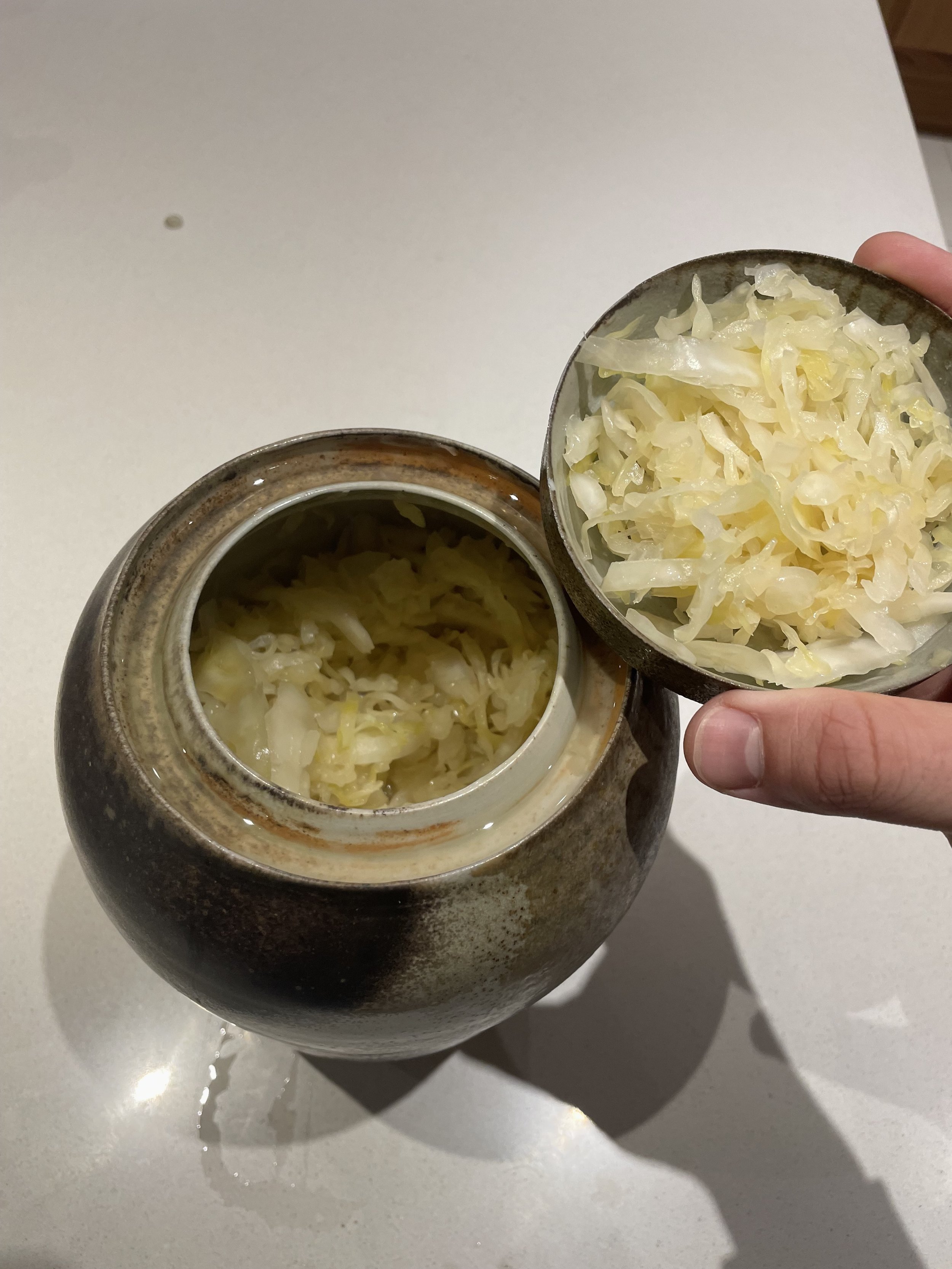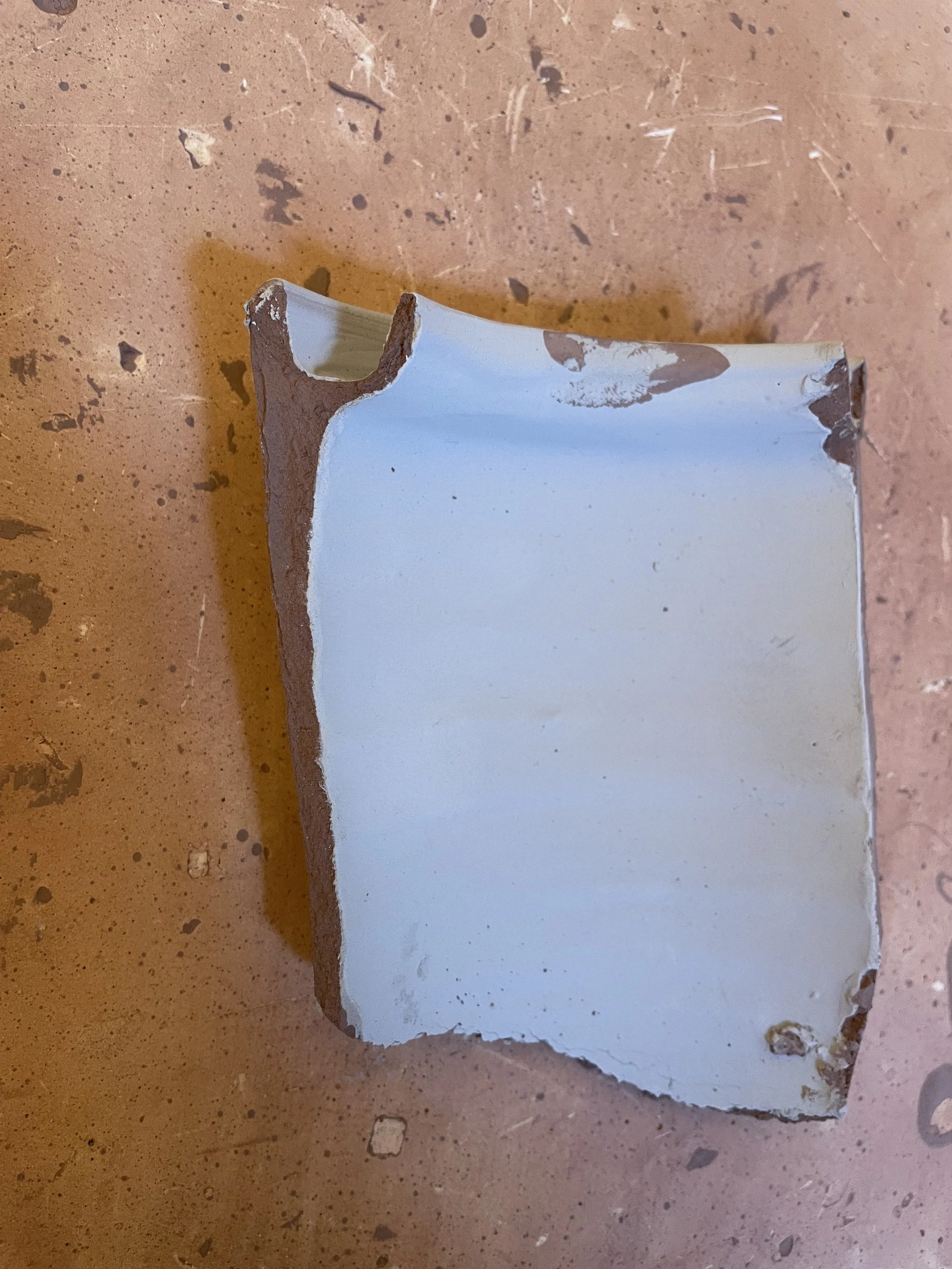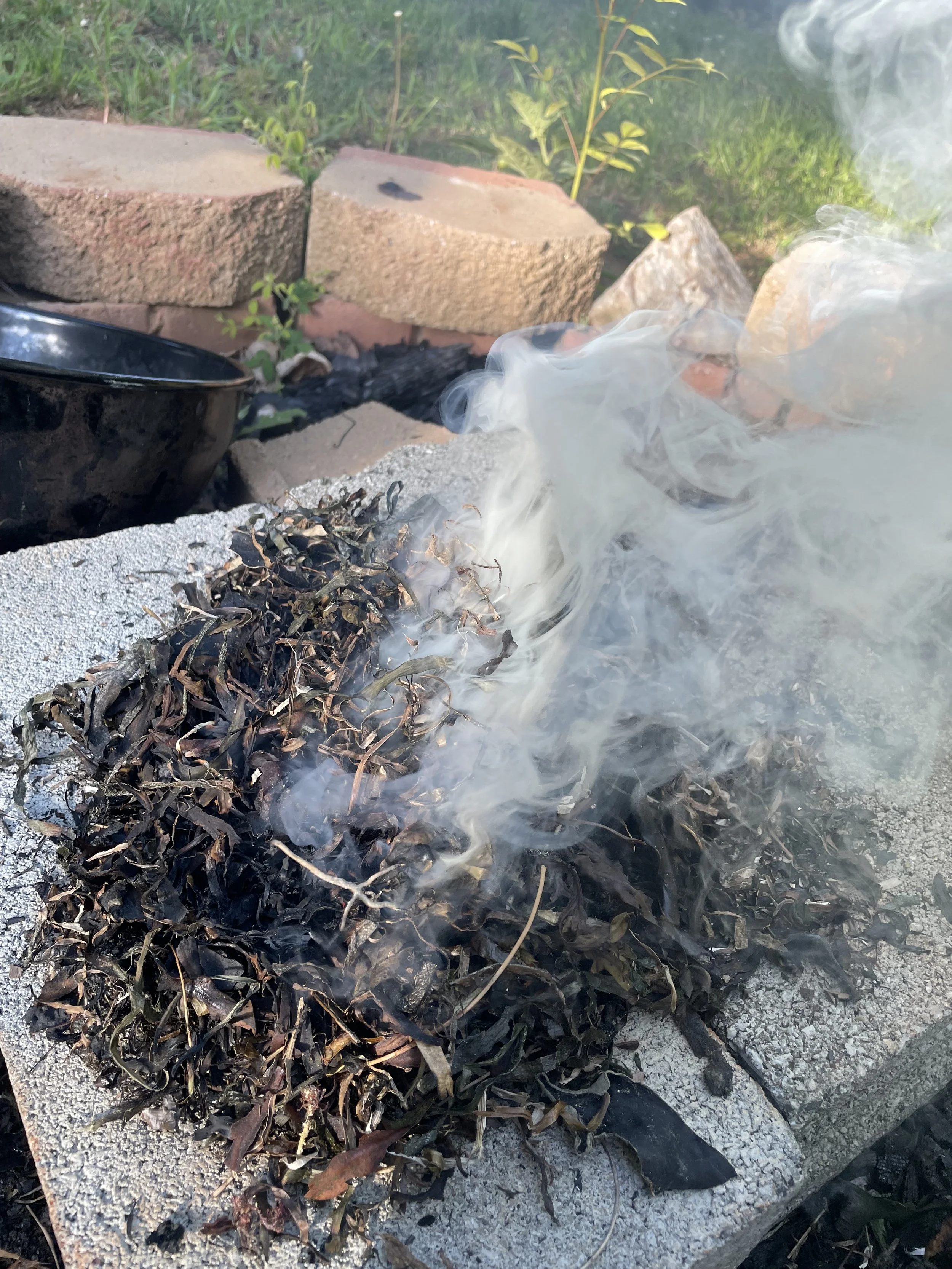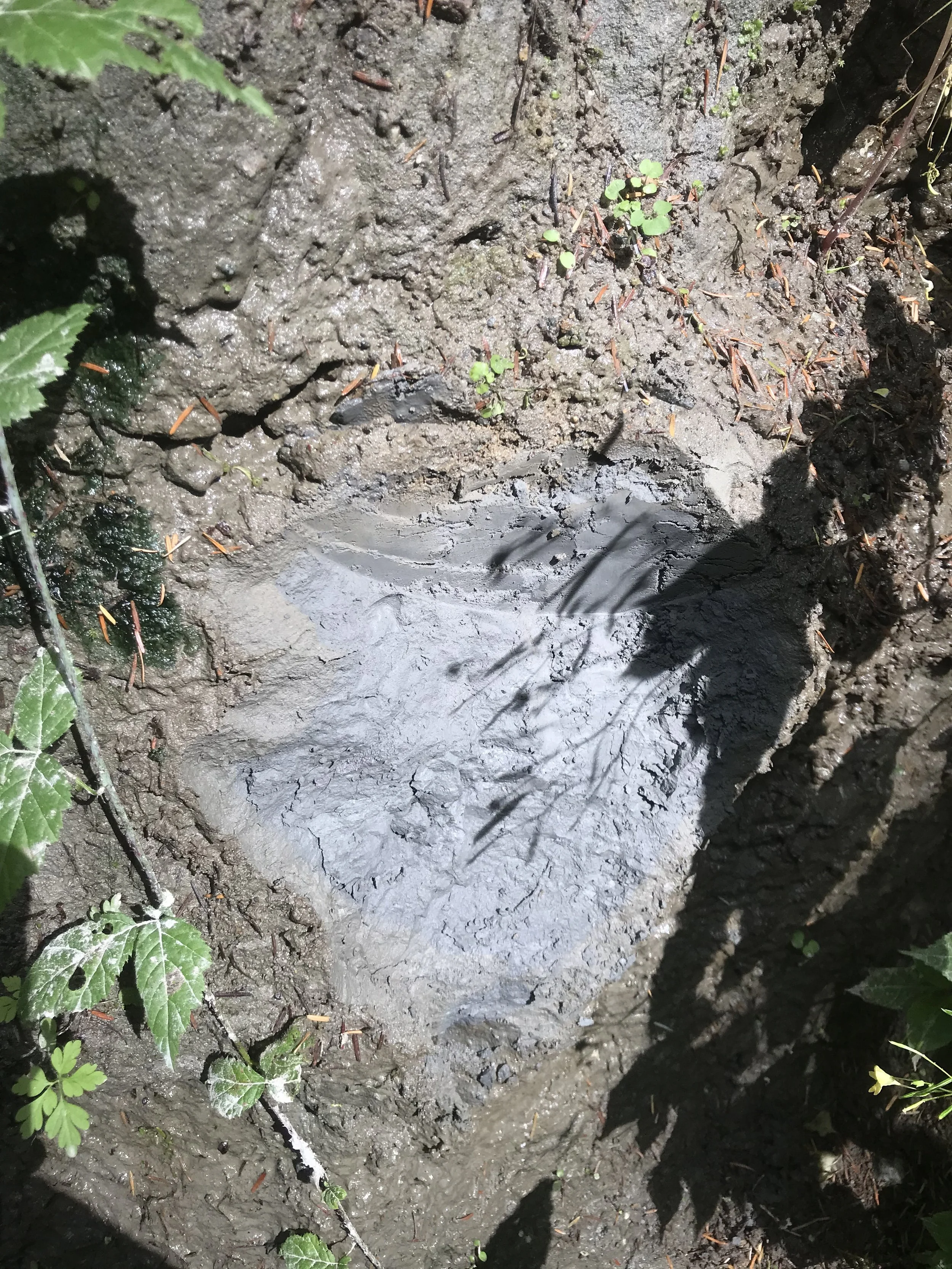
Ferments
Fermentation is a natural process where microorganisms like bacteria and yeast convert sugars into acids and alcohol, creating unique flavors and preserving food. It's a time-honored culinary technique that enhances taste, extends shelf life, and is known for its probiotic health benefits (micro-organisms set-up shop fermenting your gut, inhibiting pathogen growth!)
Most fermentation processes need a lack of oxygen; an anaerobic atmosphere. This requires an air-tight sealed vessel to hold your fermenting babies
My ceramic water-sealed jars are designed for airtight fermentation. The lid forms an airtight seal with a moat of water, allowing CO2 gas produced during fermentation to escape through the water seal as small bubbles. This design prevents external contaminants (oxygen or flies) from entering the jar, making it a convenient choice for anaerobic fermentation.
No need for daily "burping" – simply set it and forget it
Just top up the water every few days!
To Begin Fermenting!
Clicking the jars will bring you to a recipe page for either:
Kvass an alcohol fermentation
or
Sauerkraut a lactic acid fermentation
<— Kvass
Sauerkraut —>
Materiality/Sustainability
Making ceramics is an irreversible alchemy, once you heat clay above 600C the clay particles are fully de-hydrated, and the clay is now ceramic. Although this change only takes a single firing in a single day (for my kiln), clay forms over thousands of years. Even though clay is abundant everywhere in the world, it is still not a renewable resource for your next 7 generations. With this in mind, only jars that are made well and work well are fired, there is no risking an “ok” piece, better it is recycled and I try again.
I purchase my clay from Plainsman Clays, based in Alberta. They process a combination of different native clay bodies to Canada, formulated for throwing. I strive to use materials from Canada, to gain a larger connection with the land I live and create on, as well to reduce my carbon footprint via reduced transportation.
The interior glaze I use in the fermenting jars is toxic-free and dishwasher safe: a cone 6 reduction Ravenscrag Slip which is mined in Saskatchewan from the Whitemud Formation, and processed by Plainsman Clay.(https://plainsmanclays.com/ravenscrag/index.php?home=1)
Making Seaweed Ash for decorative glazes
Collecting chunks of clay for use as a bronze slip glaze






